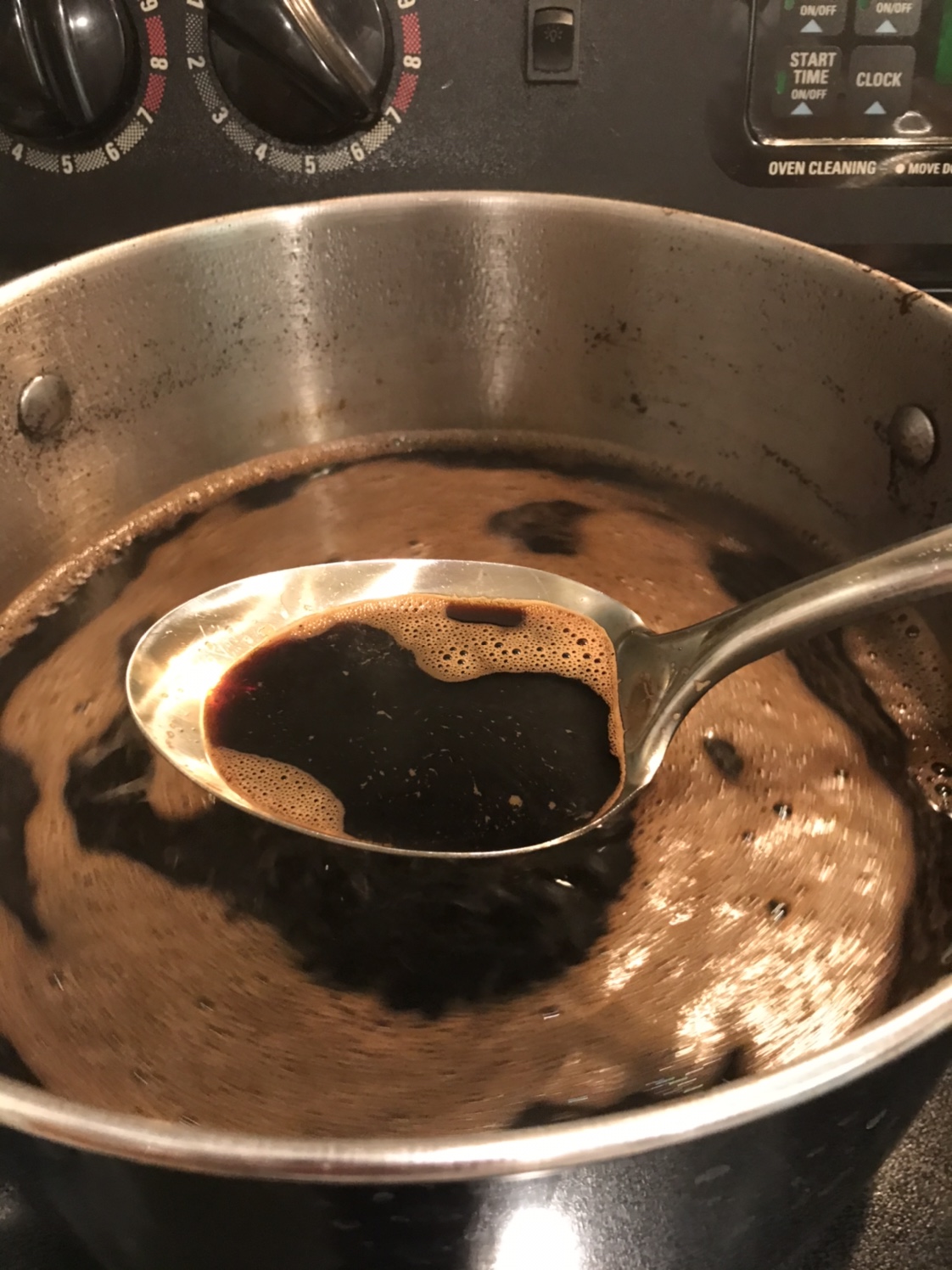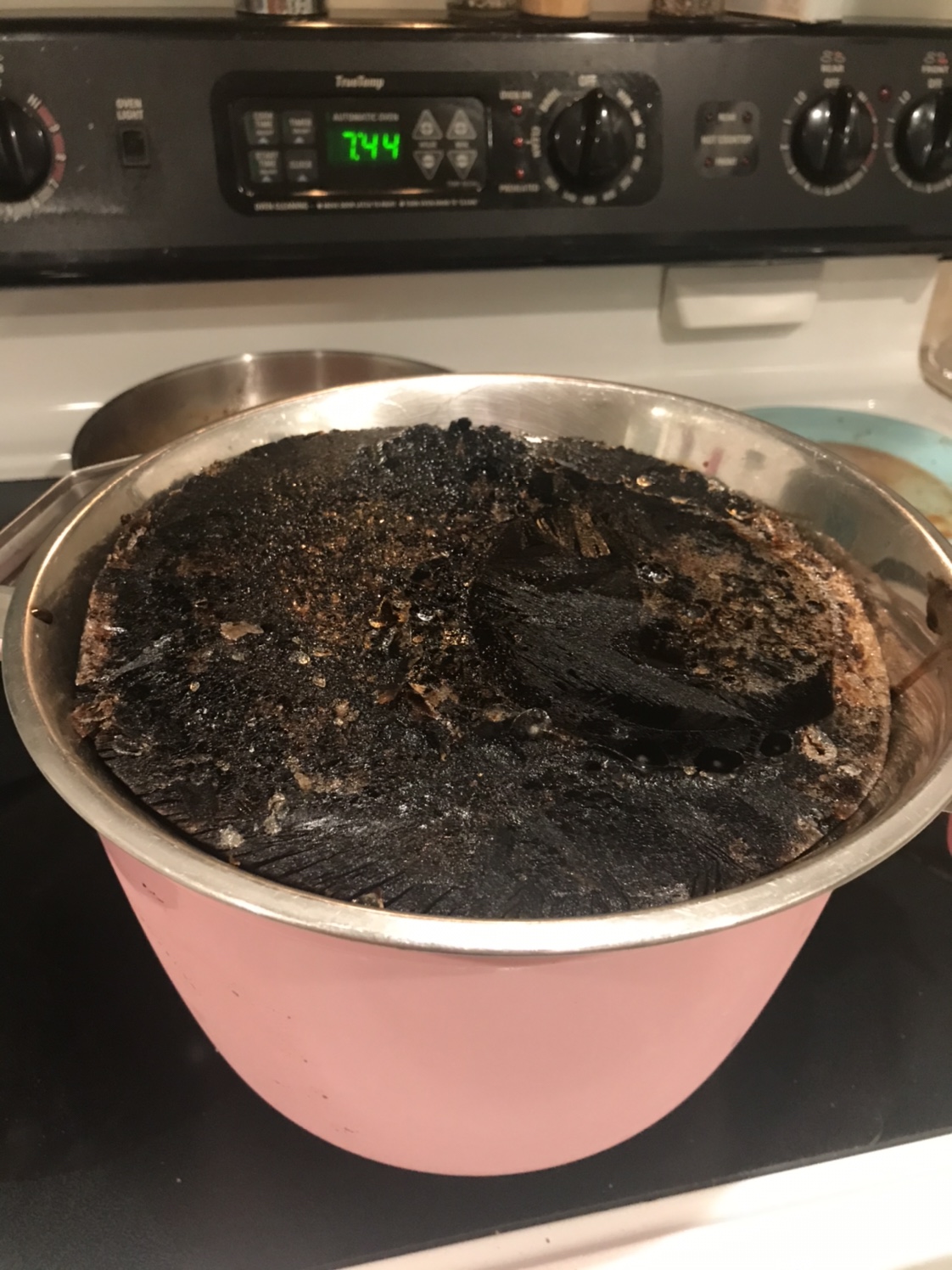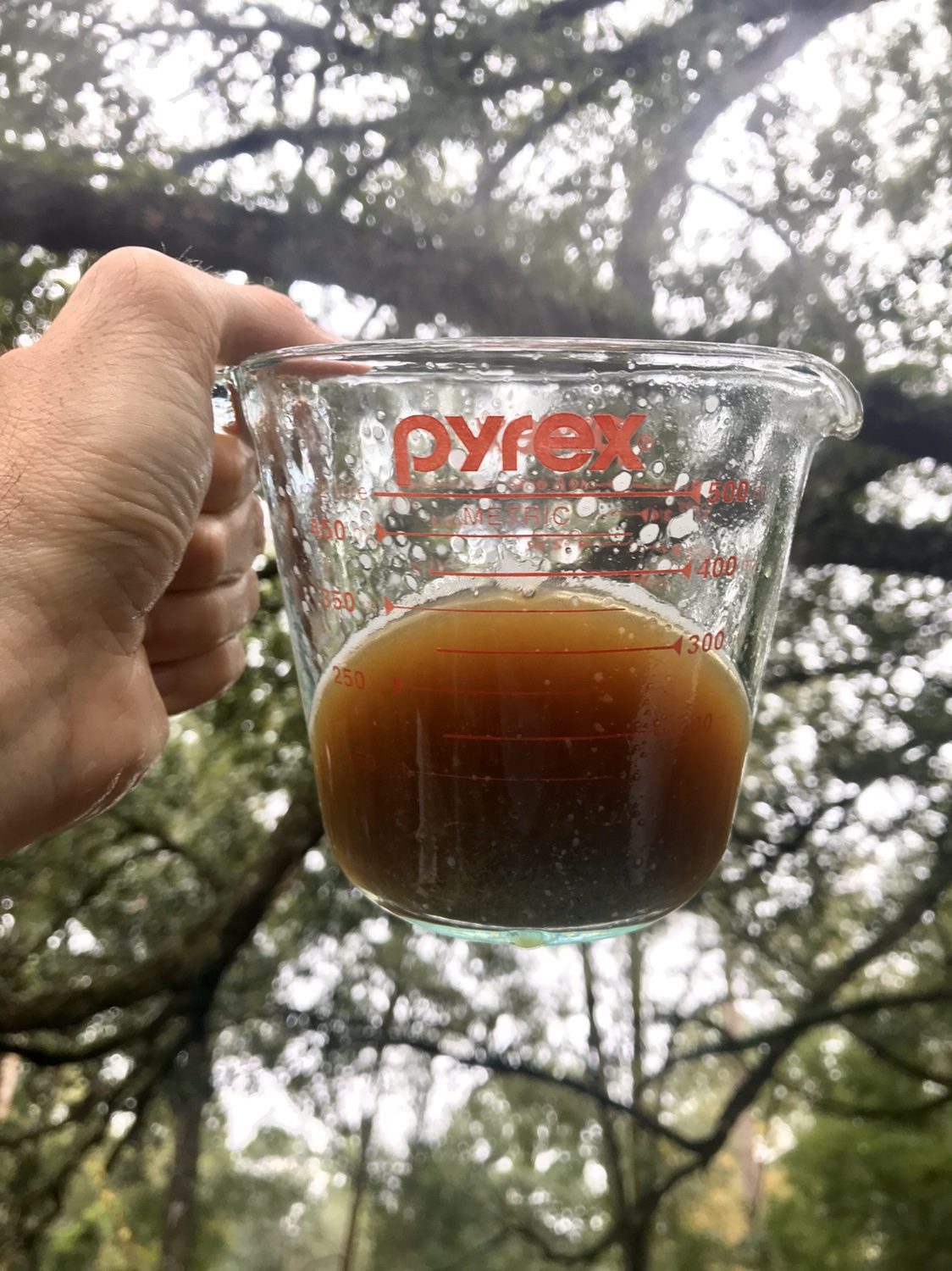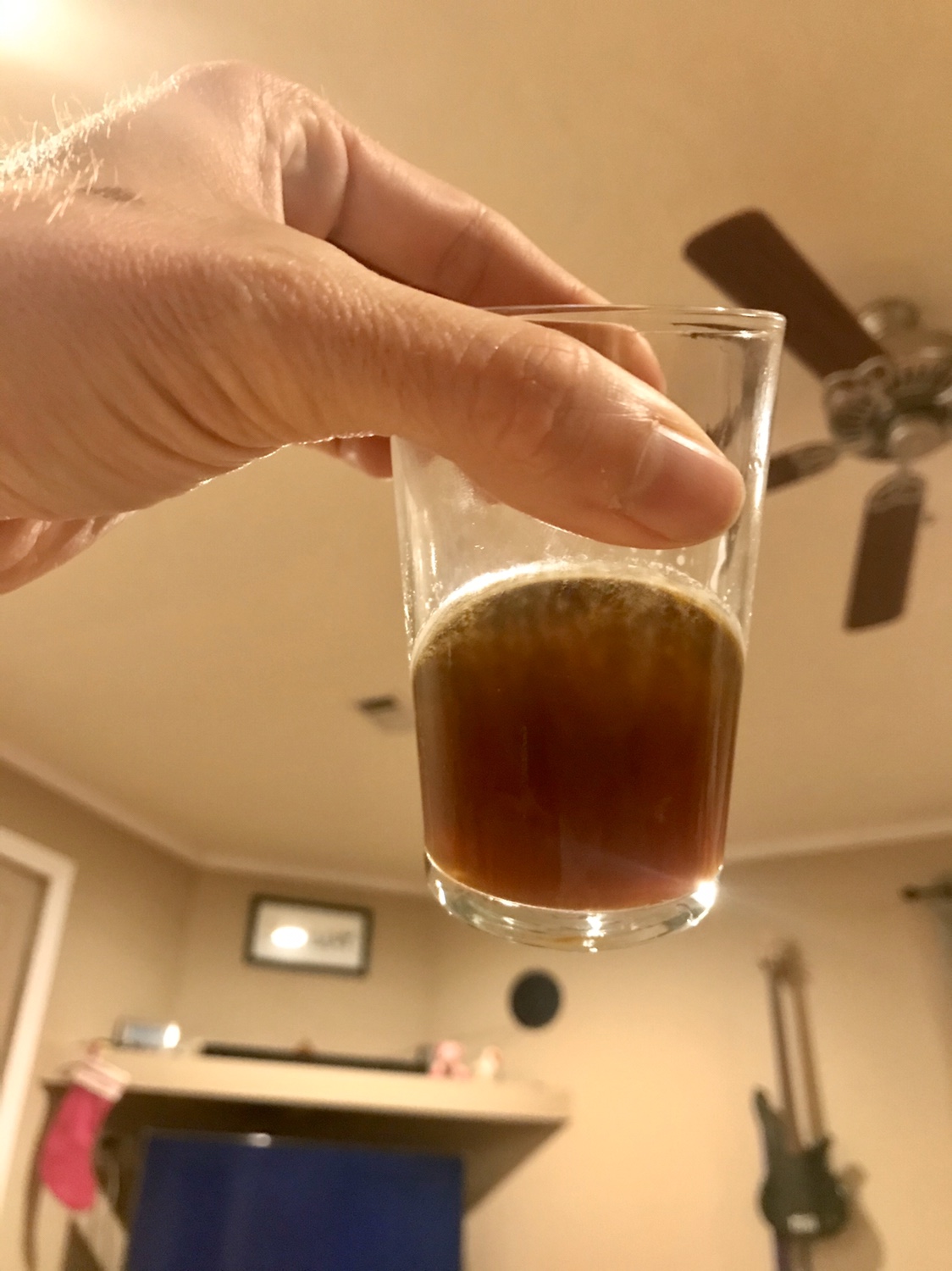Amadeo38
Well-Known Member
I had planned on doing my typical process for a Golden Stout, which was to skip the roast/dark malts and make a coffee consomme to add at kegging for roasted flavor without the dark color. A fellow homebrewer in my club asked a great question, which I had not thought of:
Why not do the consomme with roasted malts instead of coffee and add the product prior to fermentation (at flameout)?
I couldn't think of a good reason not to do this, other than it would need to be added prior to fermentation due to the likely retention of sugars. My process will be to use a sous vide in a small volume of water to mash the roasted/dark malts at a fairly high mash temperature (158? suggestions here? It's been a while since i did "partial mash" of roasted grains). I will then take the resulting wort, boil it down to a smaller volume, mix in gelatin, freeze in a bowl, and thaw over a metal strainer in the fridge as I typically do when making a consomme. I am hoping the resulting liquid is very light in color, as typically happens when i make a consomme with coffee. I will then add that resulting "extract" to the boil with <5 minutes left, assuming it comes out the light color I expect it to and it tastes like roasted grain.
Has anyone tried this? If not, any thoughts about something I may be overlooking?
Why not do the consomme with roasted malts instead of coffee and add the product prior to fermentation (at flameout)?
I couldn't think of a good reason not to do this, other than it would need to be added prior to fermentation due to the likely retention of sugars. My process will be to use a sous vide in a small volume of water to mash the roasted/dark malts at a fairly high mash temperature (158? suggestions here? It's been a while since i did "partial mash" of roasted grains). I will then take the resulting wort, boil it down to a smaller volume, mix in gelatin, freeze in a bowl, and thaw over a metal strainer in the fridge as I typically do when making a consomme. I am hoping the resulting liquid is very light in color, as typically happens when i make a consomme with coffee. I will then add that resulting "extract" to the boil with <5 minutes left, assuming it comes out the light color I expect it to and it tastes like roasted grain.
Has anyone tried this? If not, any thoughts about something I may be overlooking?































![Craft A Brew - Safale BE-256 Yeast - Fermentis - Belgian Ale Dry Yeast - For Belgian & Strong Ales - Ingredients for Home Brewing - Beer Making Supplies - [3 Pack]](https://m.media-amazon.com/images/I/51bcKEwQmWL._SL500_.jpg)




































